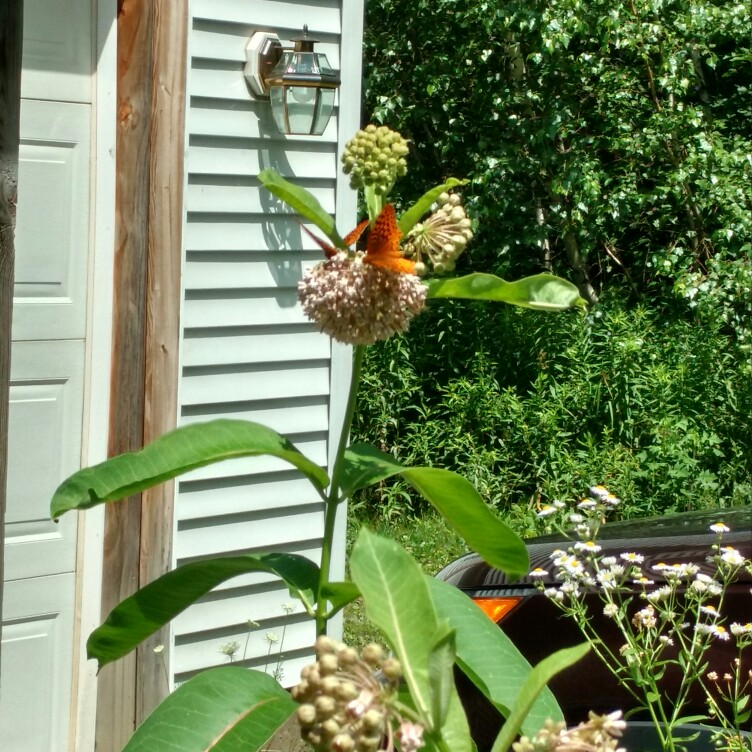
Asclepias
Milkweed
Milkweed is so named after the milky sap that exudes from broken or cut stems, and which is a skin irritant, and toxic. It has simple leaves, and bears complex globe-shaped, fragrant flowers in Summer. Both the leaves and flowers are important as the food source for Monarch butterflies, and are also attractive to bees and other butterflies.
Contributed by @kaj
-
Full sun to partial shade
-
Occasional watering
-
Frost Hardy: 23F (-5°C)
-
Light and free draining
Common name
Milkweed
Latin name
Asclepias
type
Perennial
family
Apocynaceae
ph
4.8 - 6.5 Acid - Neutral
Plant & bloom calendar
-
Best time to plant
-
When the plant will bloom
full grown dimensions
 1.00 M
1.00 M
1.00 M
1.00 M
Asclepias
Milkweed is so named after the milky sap that exudes from broken or cut stems, and which is a skin irritant, and toxic. It has simple leaves, and bears complex globe-shaped, fragrant flowers in Summer. Both the leaves and flowers are important as the food source for Monarch butterflies, and are also attractive to bees and other butterflies.
Planting
From Early Spring TO Mid Spring
These plants have a long tap-root, and because if this they don't transplant easily. The best chance of a survival rate when transplanting is to do it in Spring. Generally speaking, though, it is better to sow in situ, to avoid the need to transplant. Sow in a sunny sheltered site.
Propagating by seed
From Early Spring TO Mid Spring
Sow in Spring in situ - in a sunny, sheltered site. The seeds can be sown in Autumn, but need a chilling period first (three weeks or so in the fridge would suffice)
Flowering
From Early Summer TO Late Summer
Milkweed - both the leaves and flowers -is the food source for monarch butterflies, and as such is an important plant for anyone interested in supporting the monarch butterfly population. The flowers appear in Summer



























